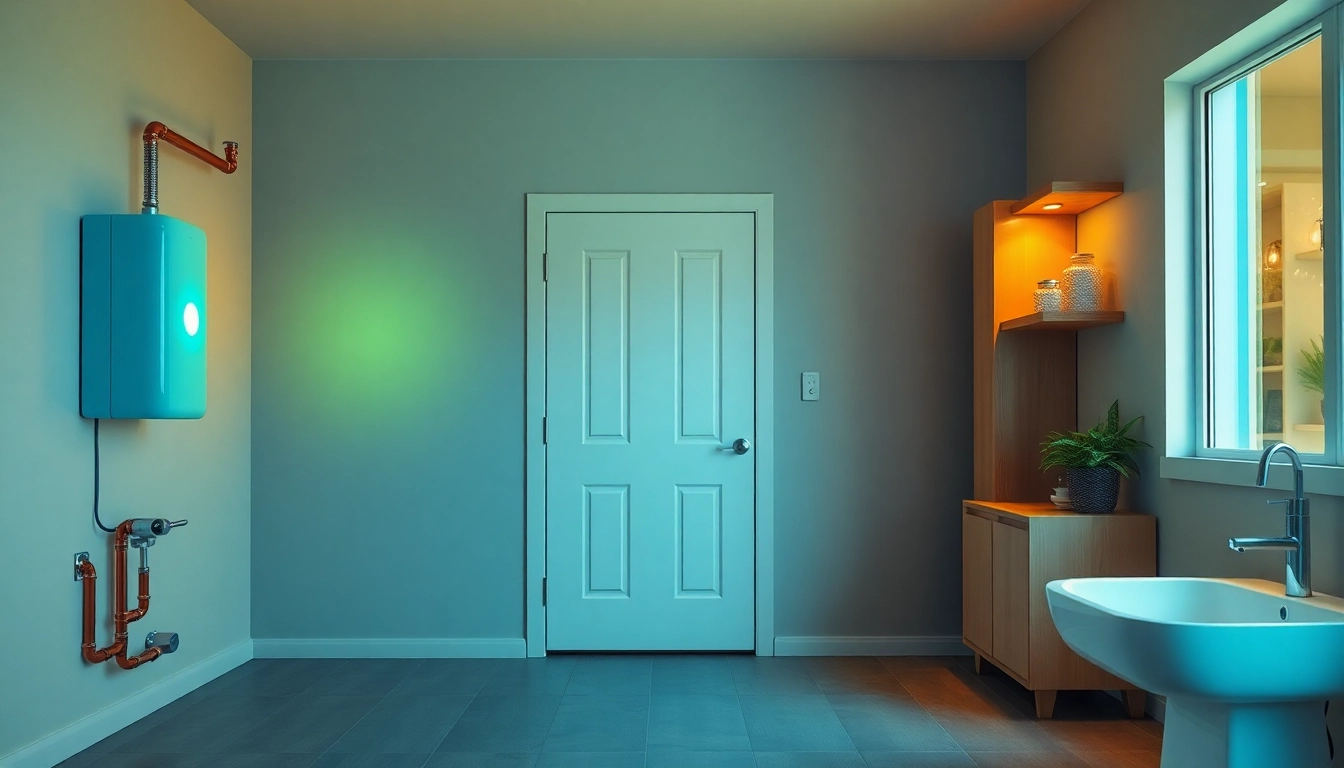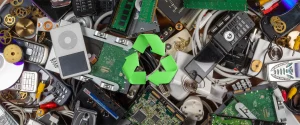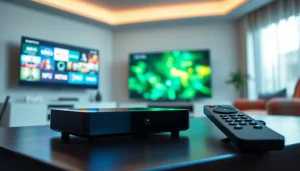Ultimate Water Leak Detection: Effective Strategies for Home Safety

Understanding Water Leak Detection
What is Water Leak Detection?
Water leak detection is the process of identifying leaks in plumbing systems, water-related appliances, and other areas where water may leak undetected. This is essential in both residential and commercial properties to prevent potential water damage, mold growth, and costly repairs. Effective water leak detection involves utilizing various technologies and methods geared towards early identification of problems before they escalate into significant failures.
Importance of Early Detection
Detecting water leaks early is critical for several reasons. Firstly, leaks can lead to extensive water damage, compromising the structure and integrity of a building. According to estimates, water damage is one of the most expensive issues faced by homeowners, with costs for repairs often running into thousands of dollars. Furthermore, early detection helps in reducing water waste and lowering utility bills. For instance, a small leak can waste gallons of water daily, contributing to increased water costs. By investing in proper Water Leak Detection systems, homeowners can realize significant savings over time.
Common Sources of Water Leaks
Some typical main sources of water leaks in properties include:
- Old or Corroded Pipes: Over time, pipes can corrode and develop leaks, particularly in older homes.
- Faulty Fixtures: Leaky faucets and toilets are common culprits that often go unnoticed.
- Water Heaters: Over time, water heaters can develop leaks, particularly as they age.
- Roof and Gutter Issues: Water from the roof can seep into the walls if gutters are blocked or roofs are damaged.
- Appliance and Fixture Seals: Washing machines, ice makers, and dishwashers can leak if seals wear out.
Types of Water Leak Detection Methods
Electronic Leak Detection Techniques
Electronic leak detection methods employ specialized devices to identify leaks based on factors such as sound, moisture levels, and temperature changes. Typically, these devices include:
- Moisture Meters: Instruments that measure moisture levels in various materials, allowing for quick identification of wet areas.
- Leak Detection Sensors: Devices that alert homeowners to leaks when moisture is detected, often connected to smartphones for instant notifications.
- Thermal Imaging Cameras: Cameras that detect temperature variations in walls and floors, highlighting areas where water may be present behind surfaces.
Acoustic Leak Detection Overview
Acoustic leak detection is a method that utilizes sound waves to detect leaks. When water escapes from a pipe, it often creates noise as it escapes. Acoustic sensors are placed on the pipeline, and the system analyzes sound patterns. This method is particularly effective for underground leaks where visual inspection is impossible. Trained technicians can distinguish normal noises from leak sounds, allowing them to pinpoint locations accurately.
Infrared Thermography for Leak Detection
Infrared thermography uses infrared cameras to identify temperature differences in walls, ceilings, and floors. A leak often results in a temperature change, with wet areas being cooler than their surroundings. This non-invasive method allows inspectors to cover large areas quickly and spot potential leaks without needing to destroy walls or floors, making it highly efficient for residential and commercial property assessments.
Water Leak Detection Technologies
Smart Leak Detection Systems
With advancements in technology, smart leak detection systems have become increasingly popular. These systems use sensors connected to the internet, allowing for real-time monitoring of water usage and detection of anomalies. When a potential leak is detected, homeowners receive alerts directly to their smartphones, enabling immediate action. Smart water meters can also analyze usage patterns and provide valuable data on best practices for reducing water waste.
Traditional Methods vs. Modern Technologies
While traditional methods like manual inspection and simple visual checks are still widely used, modern technologies offer enhanced accuracy and efficiency. Traditional methods lack the speed and detection capabilities of technological systems, often leading to delayed responses to leaks. Conversely, modern leak detection technologies can identify even minor leaks quickly, providing a significant advantage in preventing water damage.
Installation and Maintenance Best Practices
When implementing water leak detection technologies, proper installation and maintenance are crucial to ensure maximum effectiveness. Here are some best practices:
- Professionally Installed Systems: For complex installations, hire professionals who can ensure that all systems are installed properly.
- Regular Maintenance Checks: Schedule periodic inspections of leak detection systems to ensure optimal functioning. This may include recalibrating sensors and replacing batteries.
- Training for Homeowners: Educate homeowners on how to use their leak detection technology to maximize its benefits and respond effectively to alerts.
Benefits of Water Leak Detection
Cost Savings through Early Intervention
One of the most significant benefits of water leak detection is the potential for cost savings. Early detection often allows for swift repairs, minimizing the extent of damage. This not only lowers repair costs but also conserves water, which can lead to lower utility bills. Investing in leak detection technology can quickly pay for itself through these savings.
Preventing Property Damage
Undetected leaks can cause severe damage to homes, leading to mold growth, structural issues, and damage to belongings. Water leak detection systems help to mitigate these risks significantly, ensuring homes remain safe and dry. By addressing leaks promptly, homeowners can maintain property values by avoiding extensive repairs typically necessary due to prolonged exposure to water.
Enhancing Home Resale Value
A home that has water leak detection systems in place is often more appealing to potential buyers. Features such as advanced leak detection can serve as a selling point, providing buyers assurance that the home is well-maintained and safe from hidden water issues. As home inspections frequently cover plumbing integrity, having an established detection system can enhance overall home resale value and improve buyer confidence.
Implementing Water Leak Detection in Your Home
Steps to Set Up a Leak Detection System
Setting up a water leak detection system generally involves the following steps:
- Assessment of Property: Evaluate your home for areas prone to leaks, like bathrooms, kitchens, and basements.
- Choose the Right System: Based on your needs and budget, select a leak detection system that fits your home.
- Professional Installation: If necessary, hire professionals for installation to ensure system functionality.
- Testing the System: After installation, test the system to verify its effectiveness and response time.
Regular Monitoring and Alerts
Utilizing a water leak detection system means engaging in regular monitoring. Many advanced systems come with app integration allowing users to set alerts based on usage patterns and abnormalities. Regular monitoring ensures immediate action can be taken should a leak occur, preventing damage and maximizing system performance.
Evaluating Performance Metrics for Systems
To ensure that a water leak detection system is functioning correctly, it is crucial to evaluate performance regularly. Homeowners can track metrics such as response times to alerts, the frequency of detected issues, and overall water usage patterns. Adjusting settings based on these metrics can optimize leak detection systems, ensuring effective monitoring for peace of mind.






